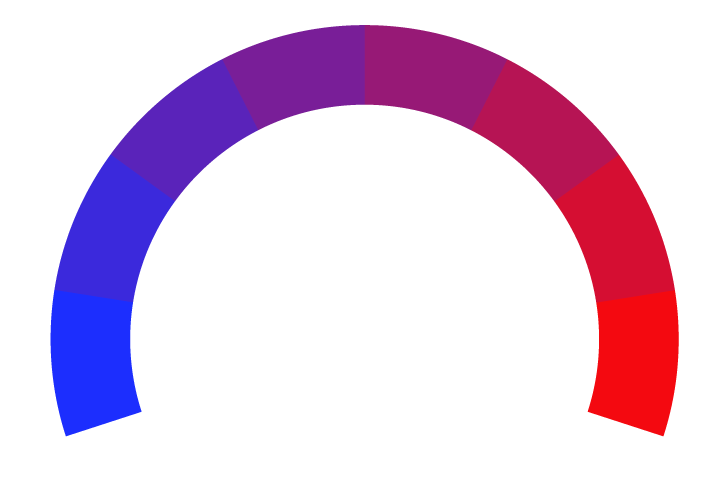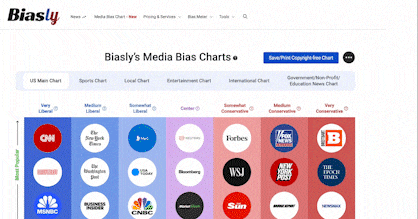 Yahoo News Article Rating
Yahoo News Article RatingThe Scientist and the AI-Assisted, Remote-Control Killing Machine
- Bias Rating
- Reliability
N/AN/A
- Policy Leaning
82% Very Right
- Politician Portrayal
-59% Negative
Continue For Free
Create your free account to see the in-depth bias analytics and more.
By creating an account, you agree to our Terms and Privacy Policy, and subscribe to email updates.
Bias Score Analysis
The A.I. bias rating includes policy and politician portrayal leanings based on the author’s tone found in the article using machine learning. Bias scores are on a scale of -100% to 100% with higher negative scores being more liberal and higher positive scores being more conservative, and 0% being neutral.
Sentiments
N/A
- Liberal
- Conservative
| Sentence | Sentiment | Bias |
|---|---|---|
Unlock this feature by upgrading to the Pro plan. | ||
Reliability Score Analysis
Policy Leaning Analysis
Politician Portrayal Analysis
Bias Meter
Extremely
Liberal
Very
Liberal
Moderately
Liberal
Somewhat Liberal
Center
Somewhat Conservative
Moderately
Conservative
Very
Conservative
Extremely
Conservative
-100%
Liberal
100%
Conservative

Contributing sentiments towards policy:
58% : The robot was built to fit in the bed of a Zamyad pickup, a common model in Iran.54% : That afternoon, he and his wife would leave their vacation home on the Caspian Sea and drive to their country house in Absard, a bucolic town east of Tehran, where they planned to spend the weekend.
44% : In 2009, a hit team was waiting for Fakhrizadeh at the site of a planned assassination in Tehran, but the operation was called off at the last moment.
44% : Israel had paused the sabotage and assassination campaign in 2012 when the United States began negotiations with Iran leading to the 2015 nuclear agreement.
44% : As the intelligence poured in, the difficulty of the challenge came into focus: Iran had also taken lessons from the killing of Maj.
44% : Iran had already been shaken by a series of high-profile attacks in recent months that in addition to killing leaders and damaging nuclear facilities made it clear that Israel had an effective network of collaborators inside Iran.
41% : The plot had been compromised, the Mossad suspected, and Iran had laid an ambush.
40% : The news reports from Iran that afternoon were confusing, contradictory and mostly wrong.
38% : So the equipment was broken down into its smallest possible parts and smuggled into the country piece by piece, in various ways, routes and times, then secretly reassembled in Iran.
35% : Since 2004, when the Israeli government ordered its foreign intelligence agency, the Mossad, to prevent Iran from obtaining nuclear weapons, the agency had been carrying out a campaign of sabotage and cyberattacks on Iran's nuclear fuel enrichment facilities.
*Our bias meter rating uses data science including sentiment analysis, machine learning and our proprietary algorithm for determining biases in news articles. Bias scores are on a scale of -100% to 100% with higher negative scores being more liberal and higher positive scores being more conservative, and 0% being neutral. The rating is an independent analysis and is not affiliated nor sponsored by the news source or any other organization.






















